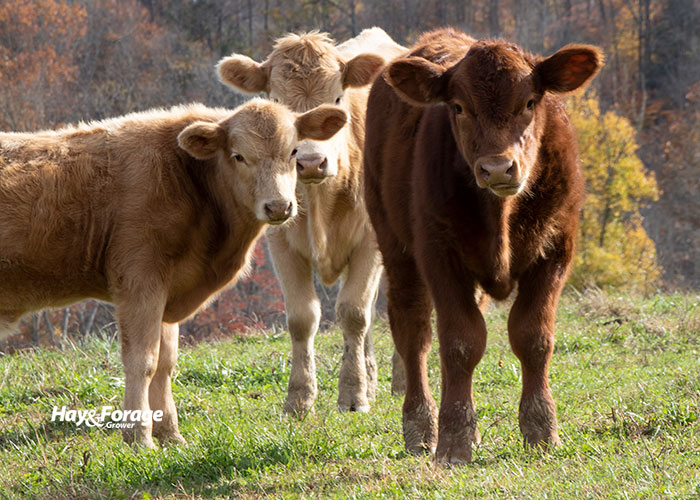
You’re hurt. The doctor mends the broken bone, treats the pulled quadriceps muscle, or stabilizes the severely sprained ankle. Now it’s time for weeks of physical rehabilitation, or “rehab” as it’s often called.
A similar protocol might be applied to pastures that have been hurt by drought and, most likely, overstocking or overgrazing. Now it’s time for pasture rehab.
Pasture rehab isn’t particularly difficult, but it certainly can impact the productivity of pastures in years to come. Beth Doran, an extension beef specialist with Iowa State University, offers the following strategies to help producers bring injured pastures back to a productive state.
Save the crown. “The crown is the plant’s safety mechanism for survival,” Doran notes. “As the plant matures, the crown develops at the base of pasture grasses and legume plants. This bottom 3 or 4 inches and the roots are the bank account where plant sugars and carbohydrates are stored and used for plant growth and respiration,” she adds.
A damaged crown is cause for plant death. For this reason, Doran suggests that pastures not be grazed below a 3-inch stubble height.
Allow the plant to rest. Pasture plants use root reserves for photorespiration when weather conditions are hot and dry. Ideally, forage plants need five to six weeks of uninterrupted growth to restore carbohydrates and proteins before going dormant in late fall. Dormancy typically will occur with a killing freeze of 23°F to 24°F for several hours, according to Doran. She likes to see at least 6 inches of stubble height when plants enter dormancy. This is especially important for pasture in rehab mode.
Soil test and consider fertilizing hayfields and pastures if rains come. “Based on the soil test, consider fertilizing with needed potassium and phosphorus,” Doran advises. “An application of 25 to 40 pounds of nitrogen to grass pastures during the last few weeks of fall growth will stimulate more fall tillering and support vigorous recovery in the spring.”
If pastures are still dry and rains don’t materialize, Doran says to delay fertilization until next spring.
Take measures to control weeds. Musk, bull, and Canada often proliferate during periods of drought and overgrazing. In the fall, these species move energy from their shoots to the roots or rhizomes. “This is a good time to apply systemic herbicides, which will be translocated to the roots,” Doran says.
Bolster pastures next spring. If the plant stand is poor, consider frost seeding or interseeding early next spring. Frost seeding works best with legumes in areas where seed-to-soil contact is possible. Interseeding with a no-till drill can be done to establish legumes or forage grasses into an existing sod when soil conditions allow next spring.
Feed greenchopped corn or corn silage. To allow pastures a break, look to other available feed sources. “Greenchopped corn is an excellent fall feed, and corn silage is a great winter feed,” Doran states. “If chopping drought-stressed corn, cut at a 15- to 18-inch height to reduce nitrate levels.”
The beef specialist also suggests to only greenchop the amount that is needed for a feeding and not to hold it over for the next feeding. If chopping the corn for silage, allow a minimum of three weeks for fermentation and test the silage for nitrates before feeding.

